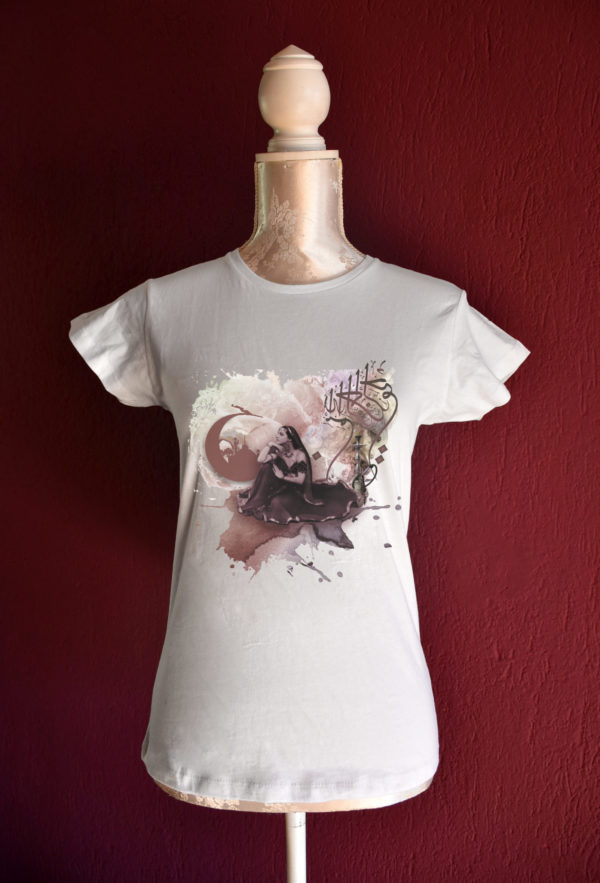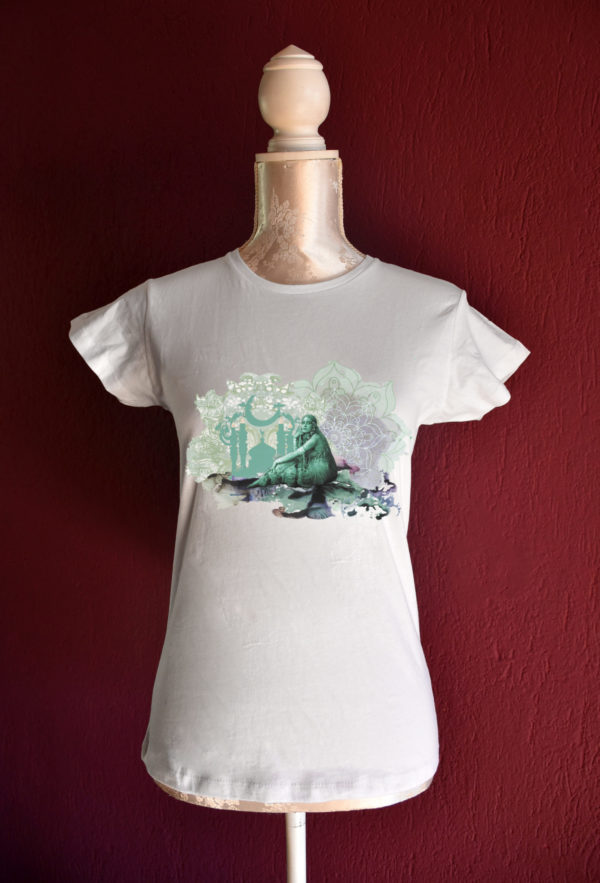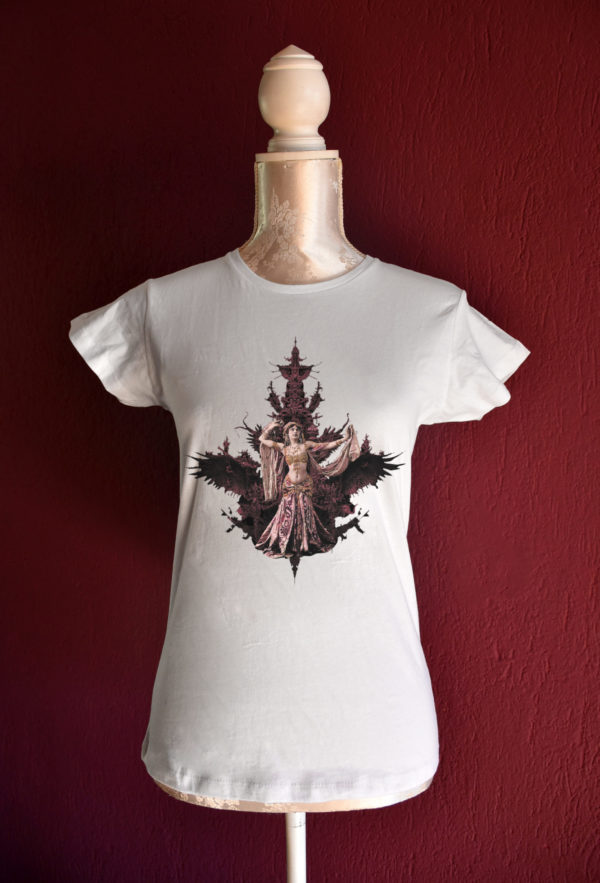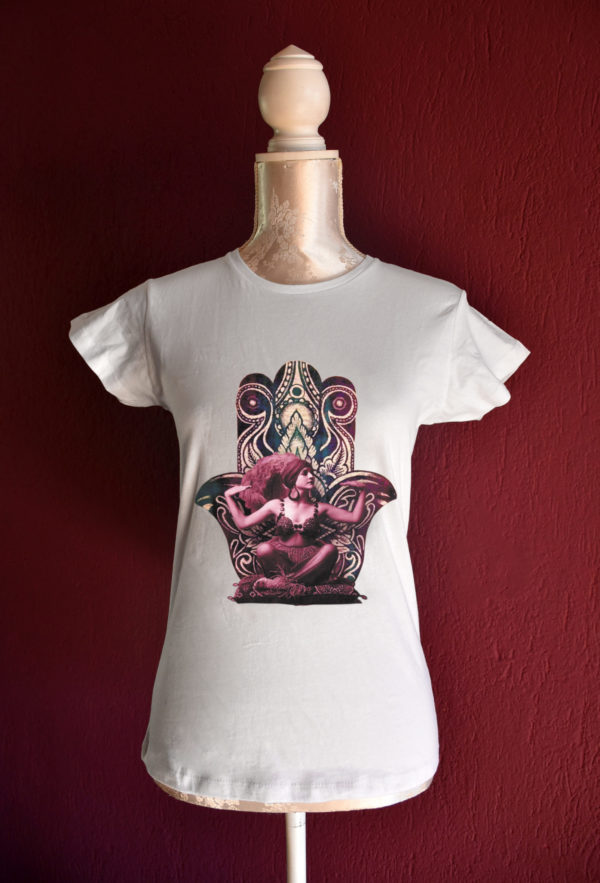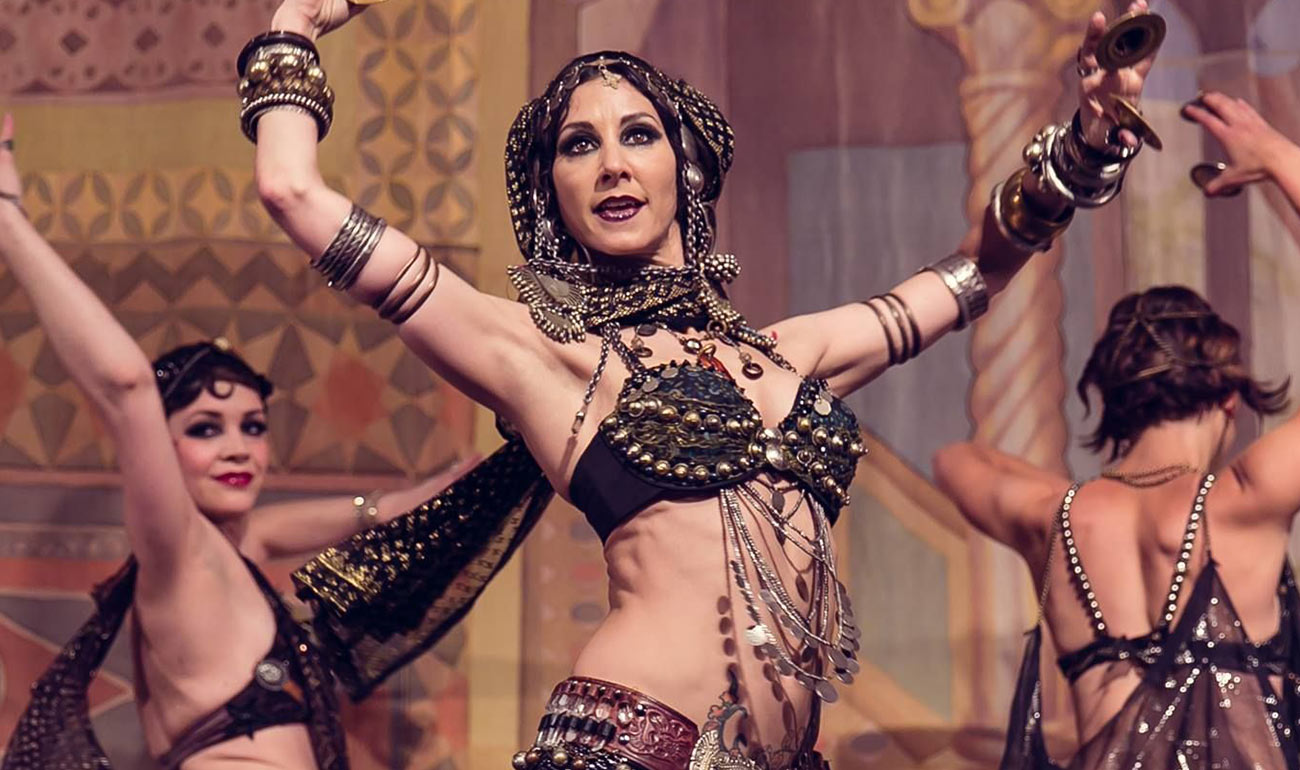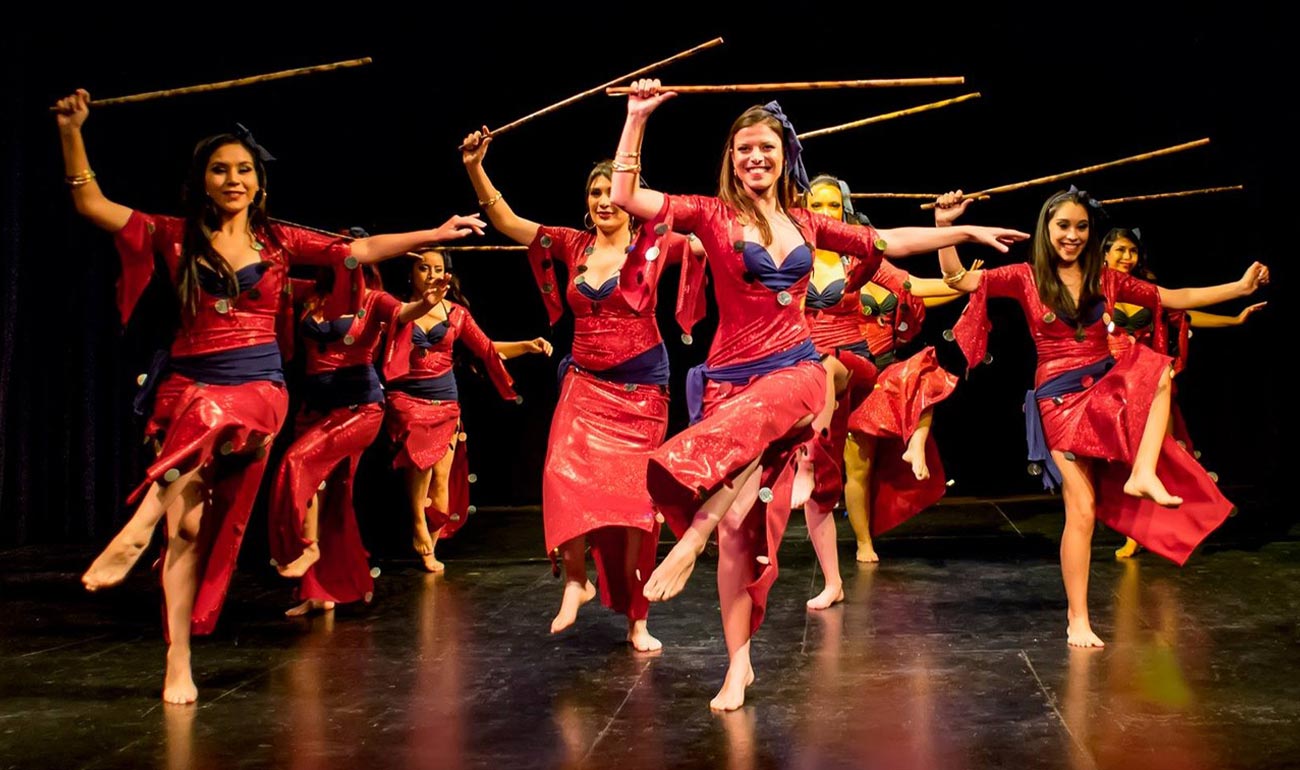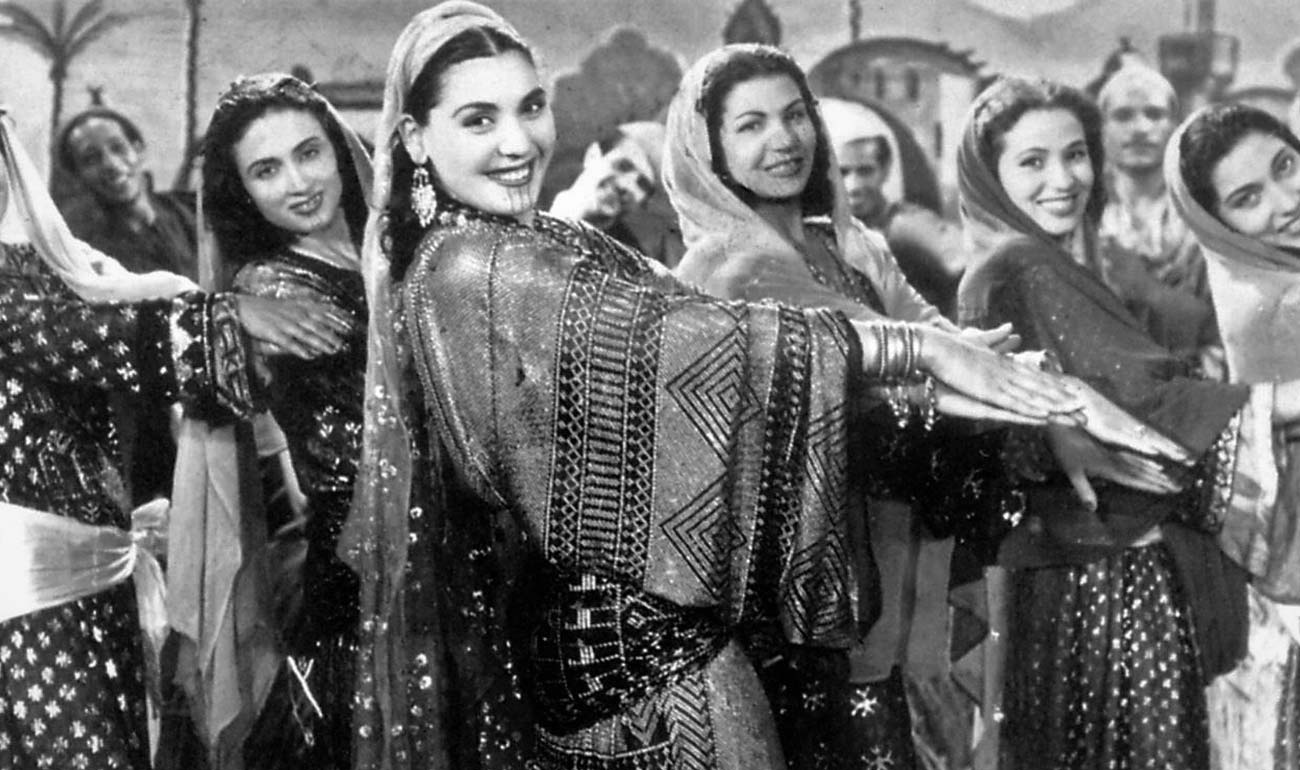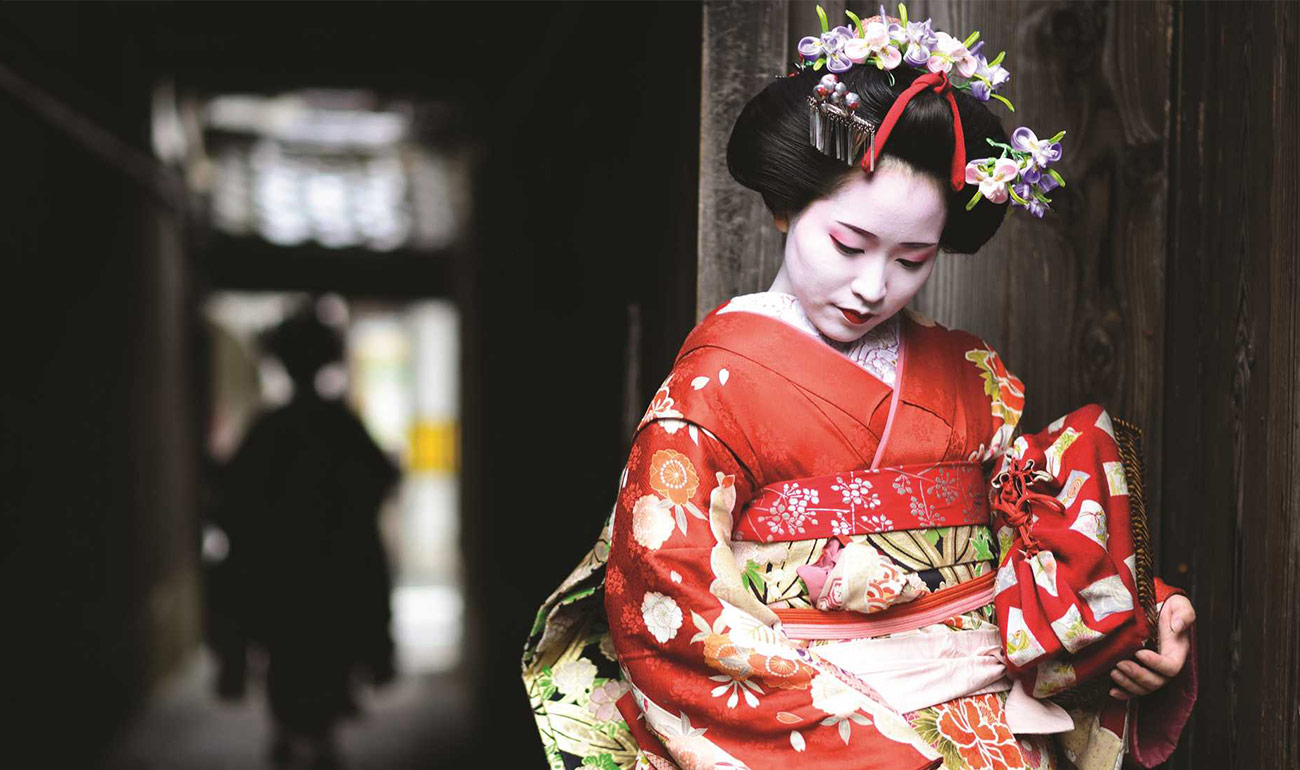
Almeh and Geisha comparison
For a long time I thought that still today, both oriental dancers and geishas, in the collective imagination of some many people are more or less covertly considered a sort of high-class “exotic escort”. Having recently been in Japan, I had the opportunity to make a comparison. It’s curious to note that – though geographically distant – around these two figures there are myths, legends and similar prejudices. Let’s make some clarity.
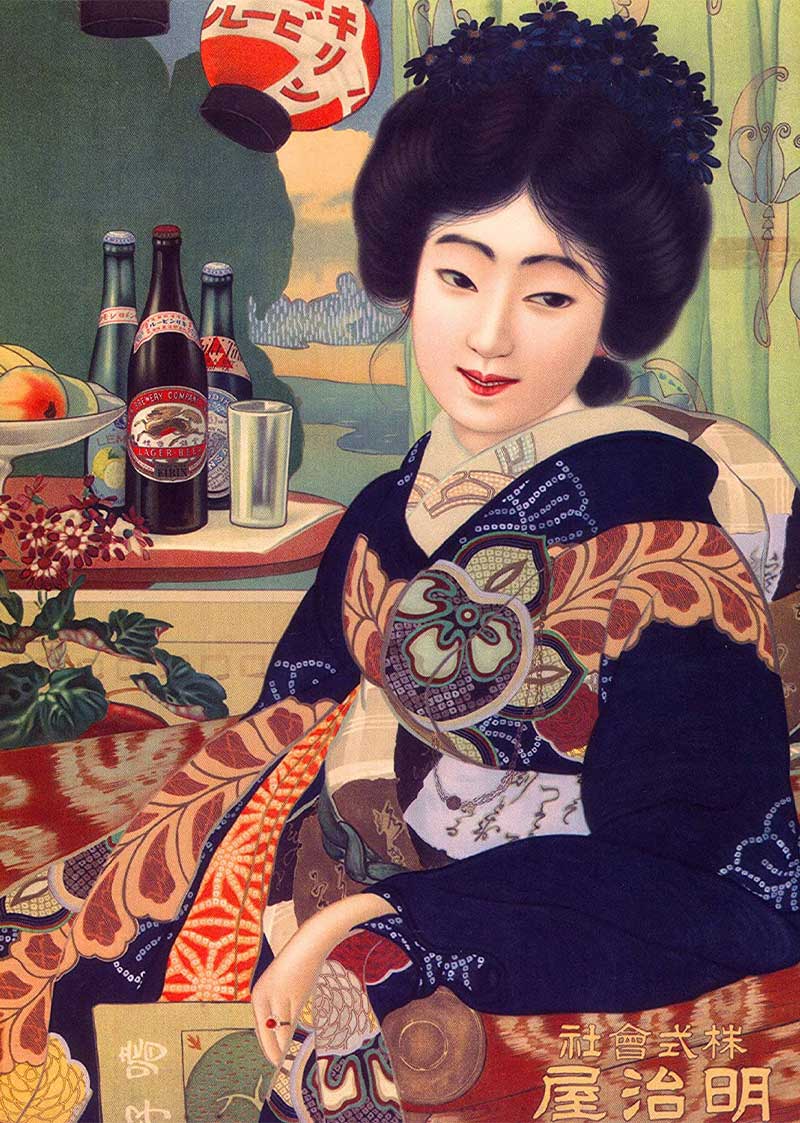
A slice in time - Kirin Beer postcard (1915)
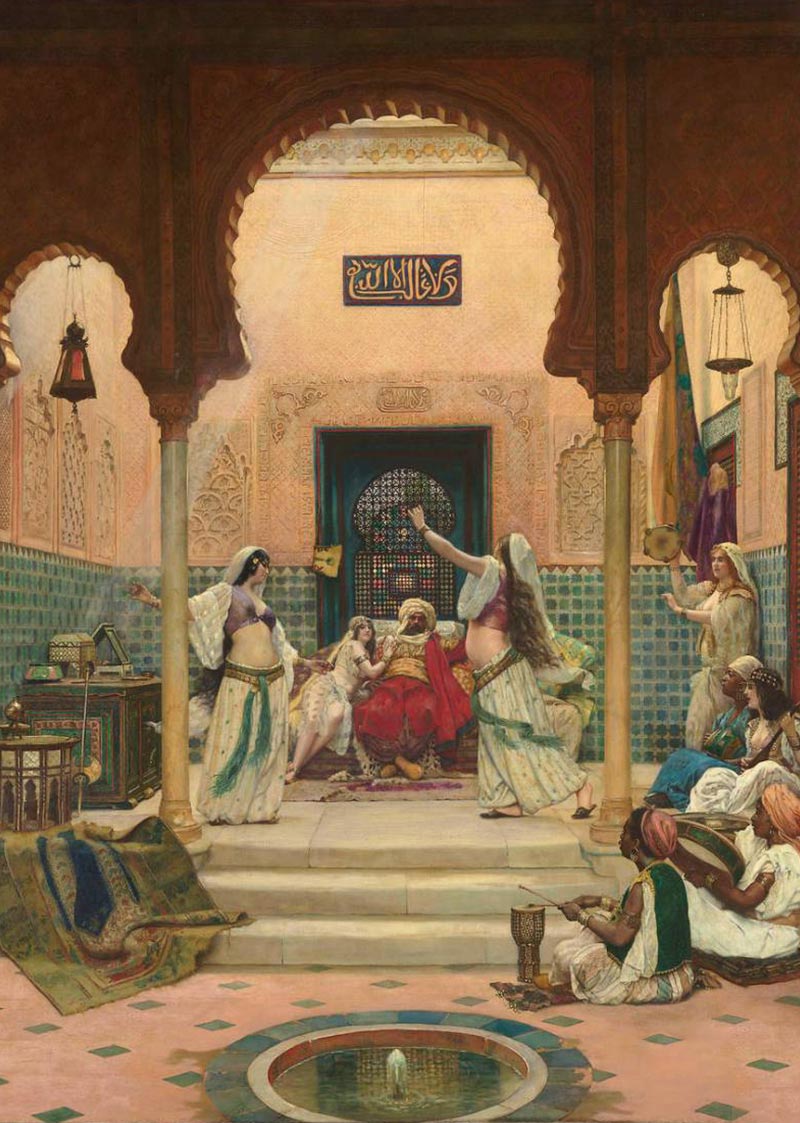
Les almées - Paolo Bouchard (1893)
WHO IS A GEISHA?
A Geisha, which translates into english as a “performing artist” or simply “artist”, is a high-class professional entertainer who has a big knowledge in art, trained in various forms of art. She’s usually hired to entertain and assist guests (who are predominantly and traditionally male) at banquets, meals, parties and other occasions with performances such as dancing on the Shamisen melodies (a stringed instrument), making conversation, singing and more.
The figure of th Geish began to appear in the pleasure districts of Japan before the end of the 18th century. The first ly geishas were actually men. women began to appear lately, they were dancers. Over time, the to be a geisha became a female occupation. Slowly, this figure spread throughout the country and many of them began to work primarily as entertainers. Formerly they didn’t sell sex and it was forbidden to do so: the high class licensed courtesans (prostitutes) were the Oirans.
When the Second World War broke out, even geishas began to decline; they had to close their Okiya (geisha houses) and tea houses (Ochaya) and bars and went to work mostly in factories. Some many people still consider prostitutes geisha as prostitutes comes from a fact: during the American period some prostitutes began to pass themselves off as geisha with the American military. When the war ended the real geishas returned home and restored their figure as the original one of high-class entertainers and demanded more rights for their professional figure.
Shop some item inspired by Artemisia
4 MYTHS TO DEBUNK ABOUT GEISHAS
1) The geisha is not a prostitute
They are and will always be highly qualified entertainers. In any case, prostitution has been illegal in Japan since 1956. Furthermore, although some of these in ancient times offered sexual relations to their clients, it’s useful to note that it was not part of their true traditional function: as mentioned before they also risked prison in case they were discovered offering sex to their customers. Obviously a geisha is free to have personal relationships with any man she meets even if she meets him at work.
The geishas live in a Hanamachi (geisha district, literally “city of flowers“), and given how much they appreciate their reputation, they will always choose their relationships carefully. If they ever fall in love and want to get married, sometimes they have to retire because the geishas (especially in Kyoto) should be single. However, there are now many places in Japan (like Tokyo) that allow married, divorced and / or children to become geisha.
2) Geisha have sexual relations with the patron (or Danna)
It may be that in the past it happened that some girl found a patron or a very wealthy gentleman, the damn for the note, who could bear the costs of his training to then have a personal relationship (which was not necessarily sexual). Today it’s really very difficult for this to happen because the geisha is a freelancer who likes to be free and independent.
3) The girls were sold by the family for poverty
It may have happened in the past, but nowadays, no girl is sold to an Okiya because of poverty, as becoming a geisha is a personal career choice. In fact, many girls have to persuade their parents today to take this path. Once a girl’s parents consent, before being accepted, she will first have to do a sort of interview with the association and the female owners of the Okiya.
4) The Mizuage (the ritual for a maiko to pass to adulthood) was a sale of virginity
No. Although the mizuage was actually a virginity sale ceremony for prostitutes and courtesans, in the case of maiko it was never like this. The Maiz mizuage is a ceremony in which the older geisha symbolically cuts the top knot of the maiko’s hair to indicate that she has become an adult.
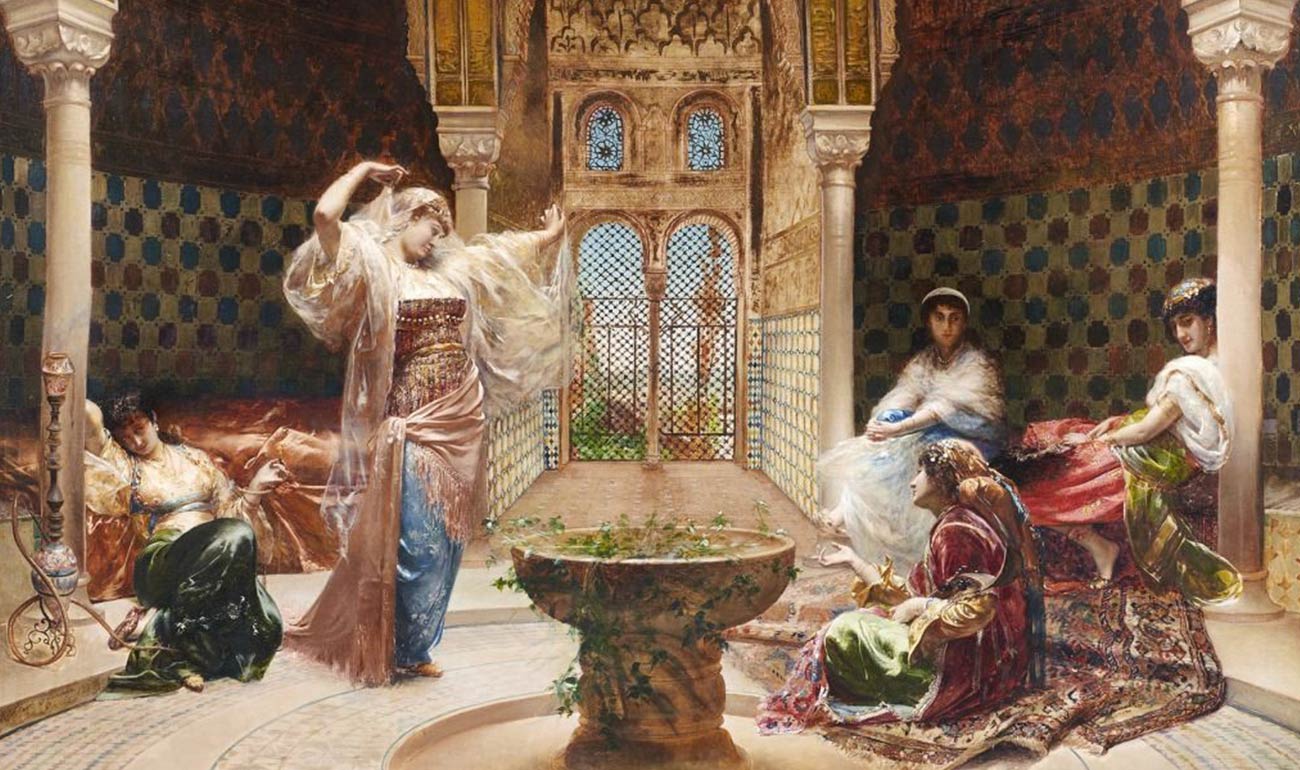
WHO WERE THE ALMEES?
The name Almeh or Almee (in the plural Awalim) derives from the Arabic word “Alema” and means “an educated woman” (in song and dance). It’s precisely the “education” receipt that made this category extremely refined and privileged, which was allowed entry into the narrower social fields and first of all the highly reserved Harem. There is unfortunately a lot of confusion about this topic, as in the descriptions reported by many 18th and 19th century authors the figure of the Almeh is confused with that of the famous Ghawazee interpreters. The big difference between these two distinct categories of performers is based on the fact that the Ghawazee are to be considered as “popular” interpreters of low social background, who performed mainly in street shows, like the street vendors in the presence of any public “paying”. The Almeh, certainly more refined and belonging to a higher social class, performed mainly in the presence of a female audience in the arts of singing and dancing. Another peculiarity that distinguished them, was the rigid custom of always bringing, unlike the ghawazee, the veil in public places, as well as a different and more “chastened” clothing. The first documented information on the existence in the Egyptian harems of “women musicians” able both in the dance that in the song must be attributed to the writings of the French Savary dating back to 1785.
The origin of the rumors about the figure of the oriental dancer goes back to the travels of the westerners in the Arab-Islamic lands during the colonial period (precisely with the arrival of the Napoleonic troops in Alexandria, following the “Expedition of Egypt” of 1798), and to the distorted vision of the Orient and its women who, unfortunately, still accompanies us today.
At the end of the nineteenth century the oriental dancers were considered to be femmes fatales who liberated the body through vibrant and exotic music, which no good western lady would have ever dared to imitate. The shape of the Almee, has its inevitable decline around the 1930s: an era of changes that shifts exclusively towards visual and exhibitionistic entertainment, developing what will then become the “cabaret” style.
WHY HAS ORIENTAL DANCE BECOME BELLY DANCING?
“Oriental dance” is an expression that says it all but, in reality, says nothing. It can refer to both Arabic and Chinese dances. The correct term is in fact Raqs Sharqi, which in Arabic means precisely “oriental dance”. You don’t go very far. Among other things, this expression also indicates a precise Egyptian dance style.
“Belly dance”, instead, expresses the concept, the essence of this art without going around it or creating misunderstandings. It is true that during the execution not only this part of the body is involved, but the terms summarize well the central role of emotions, of those “belly” sensations that for many years women have been forced to repress in very tight clothes and deforming busts.
A common place is to link this dance to the harem dance. It is not correct. Oriental dance is not born in the harem, it is much older. It dates back to the cults that celebrated the Mother Goddess Ishtar and the fertility that emanated from the woman’s body (in the belly): we are therefore talking about a sacred dance performed by women for women.
For some it is a dance without technique, for others a set of meaningless, confused, wild and even lascivious movements. For the most part it is the “odalische dance”, steeped in seduction as an end in itself.
The need not to use the expression “belly dance” is linked to the distorted vision that surrounds this ancient dance: the simple word “belly”, in fact, brings to mind something erotic and instinctive, our earthly and irrational drives : this is how Western travelers saw the East and its arts.
The prejudices around the oriental dance are many and hard to die, as well as the rumors that revolve around the complex world of geisha: it is also quite obvious, that over the centuries, every attempt of female expression and emancipation, has always been in some repressed by both man and religion. It will still take a long time before we can shake off this heavy cultural background, but after investing in years of study, I personally refuse to get used to living with this totally distorted view of what I am and what I do, so I will always try to raise awareness, explain and inform those who ignore, despise and belittle women in general, and those who like me have the courage to feel free to express themselves and their femininity.

